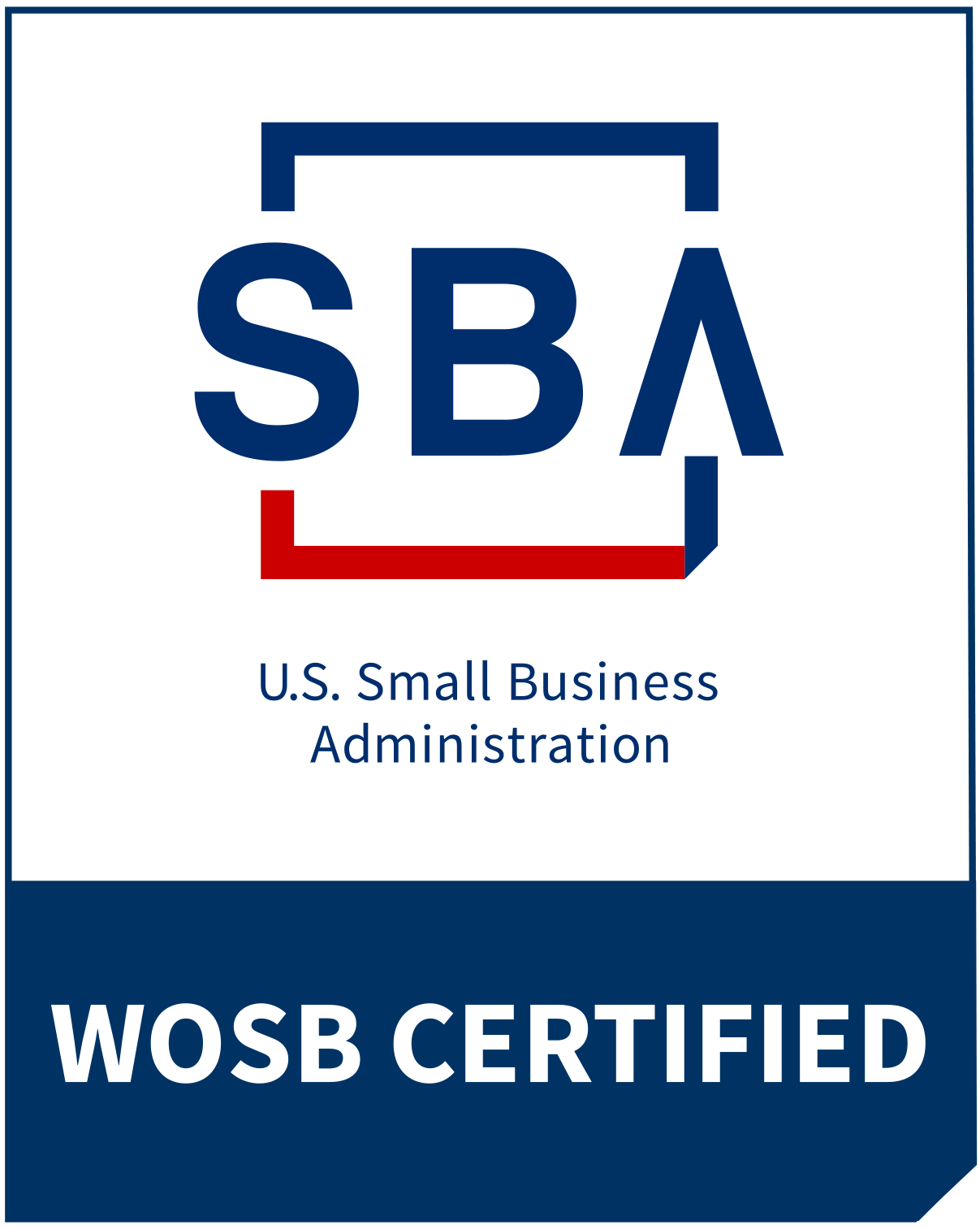
Not surprisingly, convenience continues to be a determining factor in where and how consumers spend their money. In just a handful of years, we’ve gone from shopping in traditional brick-and-mortar stores to ordering all of our essentials with one click from e-commerce behemoths like Amazon.com. But want to know something crazy? The future of retail isn’t in e-commerce. And it’s not in regular stores, either. As it turns out, the most successful businesses are starting to hit a sweet spot somewhere in-between.
True to its history, Amazon is at the forefront of this emerging retail trend with its introduction of “pickup stores” at Purdue University, University of Massachusetts, and, most recently announced, our very own University of Cincinnati. Students can order products online via Amazon Student to pick up at their university store location, for free. They’ll get a text notification upon package arrival, and can pick up their order at a time that fits with their class schedule.
This move makes a ton of sense for both Amazon and its target consumer (in this case, broke and busy college students). A brick-and-mortar pick-up location lowers logistics costs and inventory hassles for Amazon while allowing the company to target a specific demographic in a way that’s just too convenient to resist. Beyond that, Amazon has effectively made itself even more of an indispensable resource for its users by providing such an unprecedented solution to multiple problems (high cost of shipping, lack of secure pickup location, lack of time to pick up the package, etc.).
As convenience continues to be paramount for consumers, many retailers are trying new solutions. Some are leveraging the popular trends of “showrooming” (where consumers use brick-and-mortar retail stores to research products to later buy online) and “reverse showrooming” (where consumers use online stores to research products to later buy in brick-and-mortar stores) to inspire innovative brand strategies. The most successful companies will gain a competitive edge by combining a hybrid of in-person product interaction with the ease of online shopping, all while transcending the role of “sellers” to become essential resources for their consumers. Here are a few other examples of companies that are blazing the trail:
- Eyewear retailer Warby Parker is one of the biggest pioneers of made-on-the-Internet brands. In addition to its online flagship store, the retailer has expanded its brand strategy to include in-person showrooms that serve as living advertisements for its online business. The company is still trying to determine the effect that brick-and-mortar expansion will have on its long-term business strategy, but in the meantime, there is real synergy between the online store and showrooms: 85% of Warby Parker retail buyers browse the online offerings before trying on and buying in-store.
- Kroger has recently introduced an online shopping feature that allows shoppers to select from over 40,000 products and submit an order through their website to pick it up in-store (a life-saver for busy parents, the elderly and the disabled).
- High-end men’s clothing retailer Bonobos was initially moderately successful online, but the company soon realized that people were only buying pants while ignoring its other offerings. To solve for this issue, it created a brick-and-mortar “guideshop” to offer consumers a premium custom tailoring experience, capped off with an online order to ship the clothing selections right to the customer’s door.
Observing how these companies are pivoting in the face of quick technological changes, it’s easy to see that traditional retailers who don’t step it up and find a way to meet new consumer expectations are going to be left in the dust of their competitors. For example, big department stores like Macy’s and Nordstrom are paving the way for the next wave of retail by offering conveniences like online ordering and in-store pick-up, whereas Dillard’s hasn’t budged on integrating its brick-and-mortar and online offerings.
For any business selling via retail (and likely beyond), there are relevant lessons here. How can a business meet customers’ needs in a new way that merges the personal touch of brick-and-mortar experience with the undeniable convenience of digital?
Go ahead—break the rules a little. It’s time for a retail Renaissance.
The Garage Group enables corporate teams to innovate and grow like startups, including taking a more iterative, leaner approach to innovating new business models for manufacturers and retailers.
Photo licensed under Creative Commons 2.0 via Flickr user: thisisbossi


